

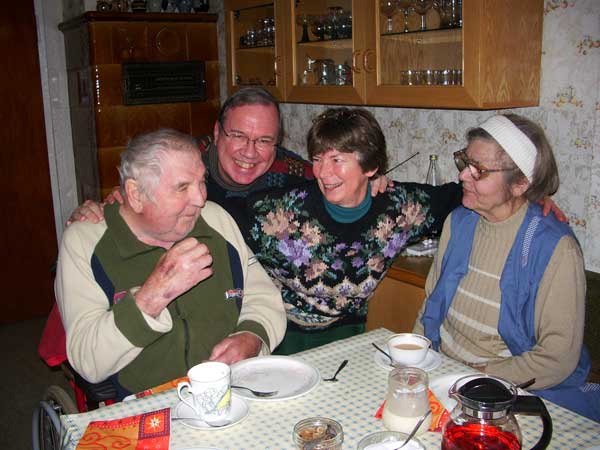
Our extended family visit at the Kurpfalzhof for Erich Becker's 75th birthday: Erich, Joe, Ruth, & Renate.
Ruth's Travelogue Mapping our Winter Visit in Germany
to Bretten with the Fuchs Family, & to Heidelberg with the Becker Family:
Leave home 5:15 p.m. EST – CLTFRA US704 (A330) 8:15 p.m. departure – noon arrival local time in Germany –
German Immigration and Customs – walk to elevated Frankfurt Airport Long Distance Train Station – buy tickets –
Frankfurt 12:59 p.m. ICE train – Karlsruhe – S-Bahn with Fuchs & Gertrud’s sister Erika – arrive Bretten 2:15 p.m.
21 hours travel time, door to door: 5:15 p.m. local time Thursday, in Charlotte, to 2:15 p.m. local time Friday, in Bretten.
Awake 31 hours straight: 8:30 a.m. EST Thursday, Charlotte, to 2:30 p.m. Friday, Bretten [24 hours] & 9:30 p.m. to bed.
At Kristen and Marcus' New Year's Eve party, Marcus' father, Eugen Fuchs (sounds similar to "foods"), expressed surprised disappointment Joe and I had not yet visited them in Bretten—he & his wife, Gertrud, had invited us! We decided to come visit and then go about 45 minutes north to Heidelberg for Erich Becker's 75th birthday.
The first excitement came going through security in Charlotte. After visiting their son and daughter-in-law in Charlotte, Eugen and Gertrud left behind two humongous and heavy suitcases—broken!—that were wide and deep and tall enough for me to fit inside, filled full of their clothes and accumulated miscellaneous material they then found to be (way) too much to take back. Joe and I volunteered to hand-carry back as much as we could for them, clothing like their suits, jackets, and coats, and I then unpacked my changes of clothes in order to squeeze in a box of theirs, taped shut on top. I opened the bottom, glanced inside, and started pulling out an assortment of little packages: a sink drain stopper, magnifying glass, etc., jam-packed around the end of a huge flashlight—whatever it was, it was, to be sure, a lot of bulky weight.
Joe & I don't usually check our luggage; for one reason, the airline, my employer, is not responsible for employee lost/damaged bags. My big rolling suitcase contained nearly only Gertrud and Eugen's things, Joe also took as much as he could, and between the two of us, we managed to carry a considerable amount of the contents of one of their broken suitcases (we have no idea what their other gigantic weighty one contained). I also took five seashell pictures my dad made to give the Beckers.
At Security, my bag was pulled for a close and personal inspection. Of course I was curious… Holding his hands out about a foot apart to show the size, he said, “The x-ray shows you are carrying a hammer.” A HAMMER???!!!!! Every stitch I was wearing suddenly became drenched in sweat. Was I doing the unthinkable, accepting an UNKNOWN article to carry onboard for somebody, and lo and behold, out of all the things in the whole wide world, it turned out to be a HAMMER???!!!!! Or, was I KNOWINGLY trying to carry a HAMMER on board the aircraft?
Either way, I could possibly lose my job as a flight attendant, as well as have a bunch of difficult explaining to do. “Let me help you look... let’s look in this package.” He took out the mystery box and while tearing the cardboard to try and get inside through the strong, clear tape on top, I suggested he open the bottom. Out fell an assortment of little packages: the sink drain stopper, magnifying glass, etc. He took a look inside at the huge flashlight, and laid the opened box on the countertop: “It’s not in there.” After examining the other suitcase compartments, he declared, “We’re going to run your suitcase through screening again.”
Hover the mouse over a picture for a caption. Click a photo to enlarge it. Maps.
Our Visit for a Weekend with the Fuchs Family in Bretten
We visited the Fuchs family, arriving Friday afternoon in Bretten.
|
|
|
|
|
|
Next day: 5:45 wake up, 6:30 breakfast, 7:05 leave for a 7:17 - 9:47 train ride 2½ hours into the Black Forest. |
|||
|
|
|
|
|
|
We visited Gertrud's cousin Elfriede & her husband, Siegbert, in Schiltach, a lovely village in the Black Forest. |
|||
|
|
|
|
|
|
|
|
|
|
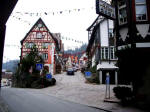 |
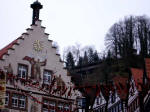 |
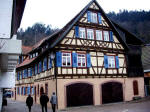 |
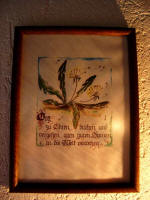 |
|
|
|
|
|
|
Sunday 7:30 wake up, 8:30 breakfast, 9:15 church, Gasthaus lunch, 12:40-2:48 train ride 2 hours to France. |
|||
|
|
|
|
|
|
Our train would leave within an hour; we had a mere 49 minutes to dash into & around Wissembourg, & back. |
|||
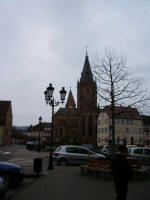 |
|
|
|
|
The Benedictine abbey from the 7th century, around which the picturesque town grew, is now a gothic church. |
|||
|
|
|
|
|
|
We rushed to catch our 3:37 p.m. train in Wissembourg (German: Weißenburg), arriving 5:38 p.m. in Bretten. |
|||
|
Our Visit for a Week with the Becker Family around Heidelberg Monday breakfast, lunch, train Bretten - Heidelberg, Christa meets us & drives us to their home in Rohrbach. |
|||
|
|
|
|
|
|
Going to Wiesloch for Lunch with Christa and Dieter, their children Philipp and Lena, and Tante Hildegard |
|||
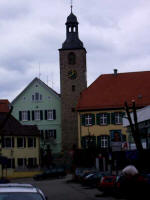 |
|
|
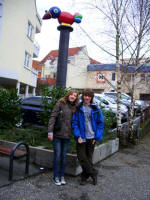 |
|
Visit to the Städtisches Museum, City Museum, in Wiesloch |
|||
|
|
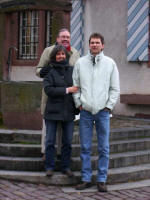 |
|
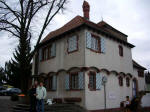 |
|
Museum Close-ups |
|||
|
|
|
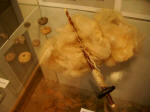 |
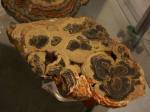 |
|
Walking Around Wiesloch with Christa and Dieter, who hosted us and planned a wonderful family week. |
|||
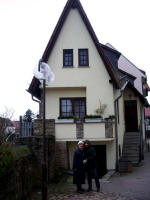 |
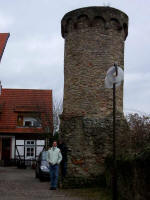 |
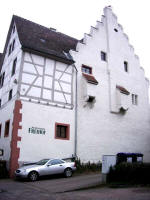 |
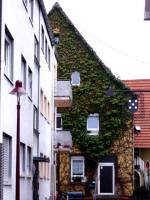 |
|
Inge takes us to the Töpferei (Pottery Factory) in Langenzell and to Dilsberg |
|||
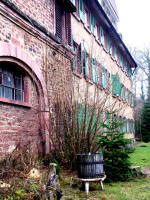 |
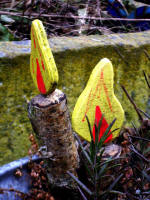 |
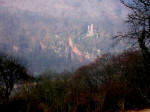 |
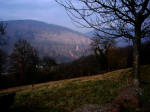 |
|
Enjoying being home with Inge and Andreas, and their children, David and Fabian |
|||
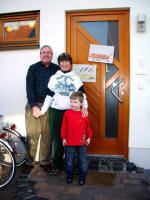 |
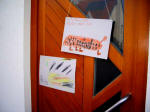 |
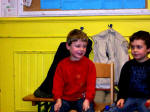 |
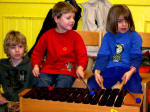 |
|
|
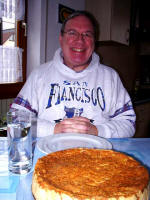 |
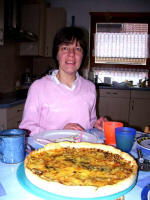 |
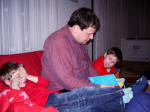 |
|
Tante Hildegard takes us to eat at the renowned Cafe Schafheutle in downtown Heidelberg's pedestrian zone. |
|||
|
|
|
|
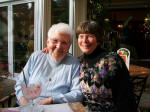 |
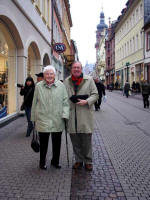 |
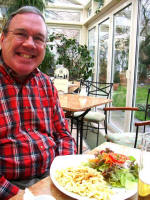 |
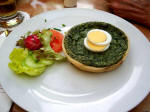 |
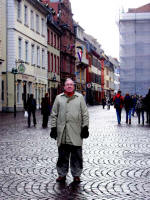 |
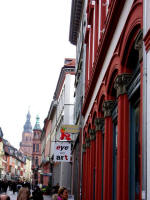 |
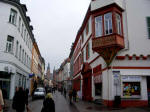 |
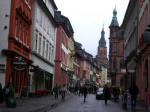 |
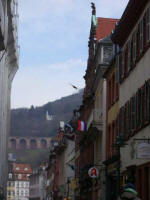 |
|
|
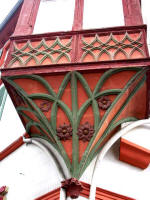 |
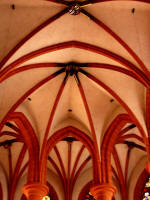 |
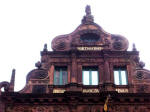 |
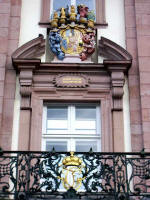 |
|
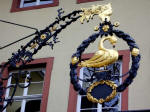 |
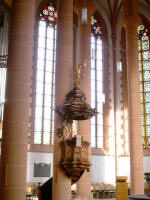 |
|
Luisenpark Mannheim with Hans-Werner and Jutta, and their children, Hannah and Simon |
|||
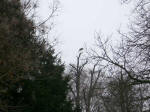 |
|
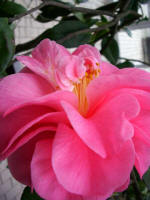 |
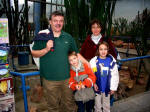 |
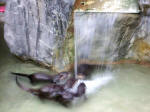 |
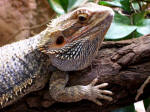 |
|
|
|
Enjoying Supper at Hans-Werner and Jutta's House |
|||
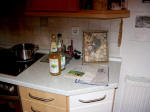 |
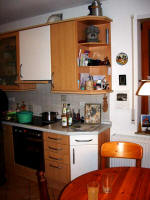 |
|
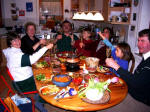 |
|
At the Kurpfalzhof |
|||
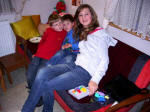 |
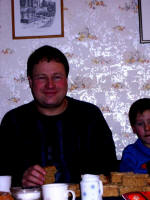 |
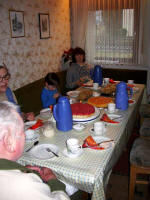 |
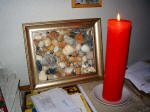 |
|
Re-accommodated on the US Airways A330 Philadelphia Flight Monday, a 24 hour day with locked train doors & a cracked cockpit window, ended well: home sweet home. |
|||
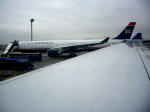 |
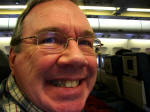 |
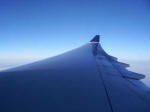 |
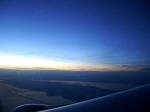 |
Pause the mouse on a picture to pull up its caption. Click on a picture to enlarge it.
Most browsers (like Internet Explorer) display all 109 hover captions for our pictures.
Photos by and of Ruth and Joe. Website by Ruth & Joe.
What was inside the box with the huge flashlight airport security inspected? A toolkit for a car trunk, outfitted with items like a set of wrenches and... a hammer! We carried back some of the stack of books Eugen wanted us to take to Charlotte for him (10 pounds); I carried half, filling nearly half my big suitcase, Eugen also gave us a calendar (weighing over a pound). I then had repercussions from exceeding the 5-10 pound limit from my neurosurgeon for me to lift after a disc in my back ruptured. I also carried back souvenirs for us like Manfred's chestnut honey (1½ lbs.), gorgeous handpainted Easter eggs, & 4 loaves of bread (5 lbs.).
Christa drove us to the Heidelberg train station and helped carry our luggage to the IC train. We tried one door—locked!—and then another, noticing that the other passengers doing the same finally found a door in a middle car that opened. We climbed aboard and stood at the door for the 11 minute ride to Mannheim, talking with a Berliner on his way home from a ski trip in Austria. After the train came to a stop, the door wouldn't open. We tried and tried, then proceeded to the next car. That door was also locked and would not open. We ran to the next car—locked!—and through to the next car—locked!—and on into the next car. This door had been opened and passengers streaming inside stood with their luggage in the aisles and would not move aside for us to get out. We reached the door. It shut. The train started. A conductor came; after he didn't believe the first man, a half dozen of us out of breath convinced him. Instead of requesting tickets, he looked up new connections for us.
Heidelberg 7:55 – Mannheim – train doors locked – Mainz – underground local Frankfurt Airport Regional 9:20
– FRAPHL US705/701 (A330) 11:40 a.m. local time departure, taxi out, cockpit windshield cracks, turnaround,
four hour delay, bus transfer to the Philadelphia flight accommodating all Charlotte passengers, four p.m. lunch,
6:15 p.m. arrival EST – Immigration & Customs – PHLCLT US1165 (B757) Gate C29 (very long walk) 8:45 p.m.
– 10:30 p.m. CLT – bags 11:00 – 11:15 Long Term Lot 1 bus – $48 airport parking lot charge – 11:30 p.m. home.
21 hours travel time door to door: 7:30 a.m. Monday local time, Germany – 10:30 p.m. Monday EST, CLT.
Awake 25 hours straight: 5:30 a.m. local time Monday [11:30 p.m. EST Sunday] – 12:30 p.m. in Charlotte.
Click here for a page of Maps and More from our Visit
— Ruth's Haiku on our visit in Germany (since many years) —
Hospitality:
Bundled up against the cold,
Warm winter visit.